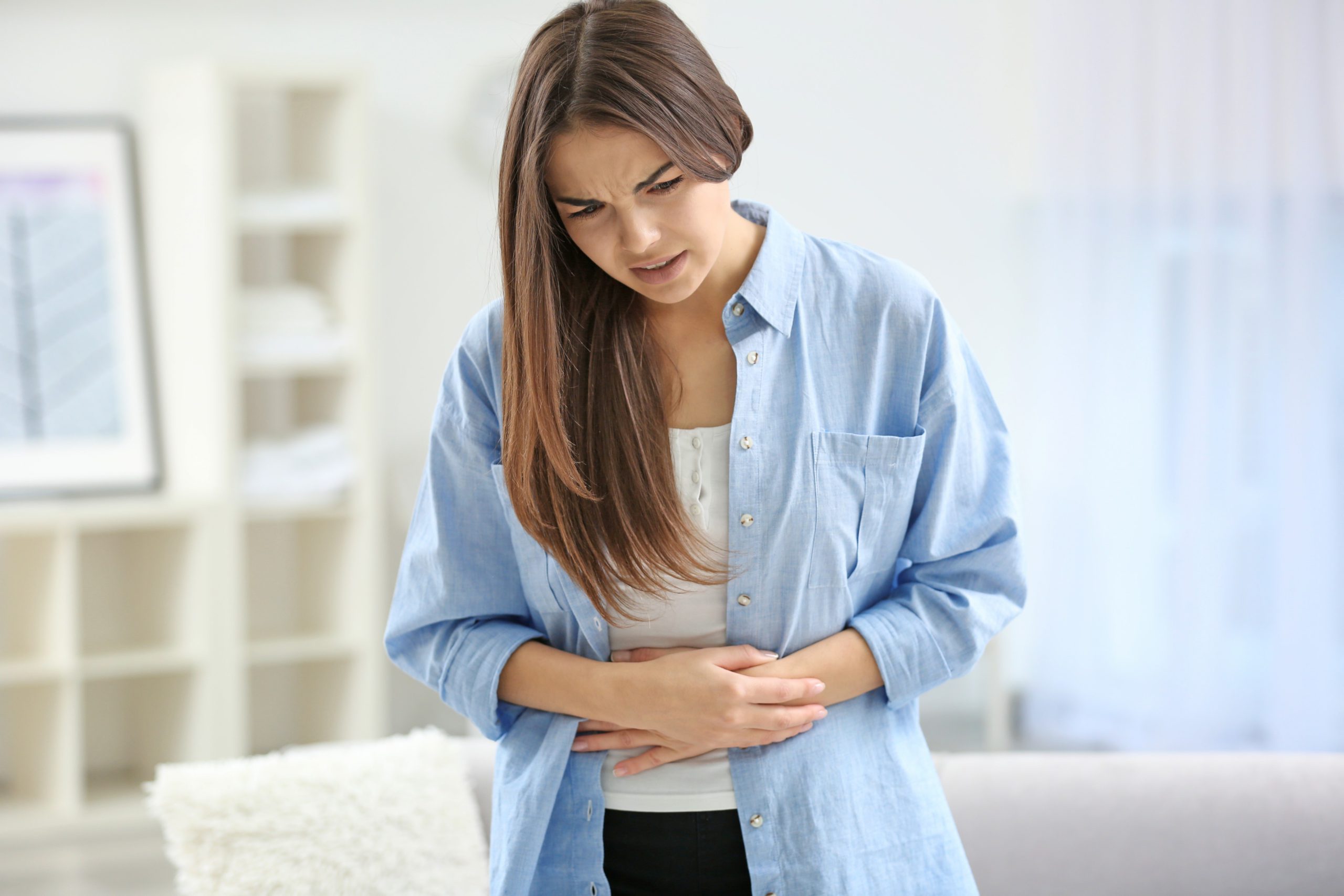What is Endometriosis?
Endometriosis is a disorder that affects women’s reproductive organs. It occurs when the endometrium, which lines the inside of the uterus, grows outside of it. The misdirected growth of this tissue can cause painful periods and other problems. The most common locations are on the fallopian tubes and ovaries, but it can occur anywhere in the body, including on the bladder or intestines.
What are the Symptoms of Endometriosis?
While each woman’s experience with endometriosis is unique, many women report experiencing discomfort during or near their periods. Additionally, some women experience pain during sexual activity, bowel movements, or urination. While these symptoms are common in many women, they do not necessarily indicate that you have endometriosis — only a Gynecologist can confirm this!
Who Gets Endometriosis?
While it can happen at any age, it’s most common in women between 25 and 40. The following factors may increase your chance of developing it:
- Family history of endometriosis.
- Starting your period before age 11
- Short menstrual cycles (27 days or less)
- Infrequent periods (less than 8 per year)
- Never having given birth
- A diet high in red meat and low in vegetables and fruit
How Common is Endometriosis
Endometriosis is an often painful disorder in which the endometrium, tissue that normally grows inside the uterus, grows outside the uterus. It’s most commonly found on the ovaries, fallopian tubes, and tissue lining the pelvis. Rarely, it may also occur in other parts of the body. It affects about 176 million women worldwide – or roughly 1 in 10 women of reproductive age. It can be challenging to diagnose and may take up to 7 to 8 years from the time symptoms begin to receive a diagnosis of endometriosis. Many women are first diagnosed during fertility testing. If you’re trying to get pregnant and having trouble, you should talk to your Obstetrician & Gynecologist about whether it might be the cause.
How is Endometriosis Diagnosed?
If you suspect that you have endometriosis, it’s time to schedule an appointment with your Gynecologist who will ask you about your symptoms and perform a physical exam, which includes a pelvic exam. They may also order an ultrasound, MRI, or laparoscopy to confirm the diagnosis.
How is Endometriosis Treated?
Treatment depends on your symptoms, the severity of the condition, and how long you’ve had it. Treatment options include hormone therapy, pain medicine, and surgery to remove lesions or tissue growths. A hysterectomy (removal of the uterus) may be recommended for severe cases. Sometimes, simply changing diet, exercise habits, sleep patterns, or other lifestyle factors can help to reduce the pain and other symptoms. A good understanding of this syndrome can help lead to a better quality of life.




































